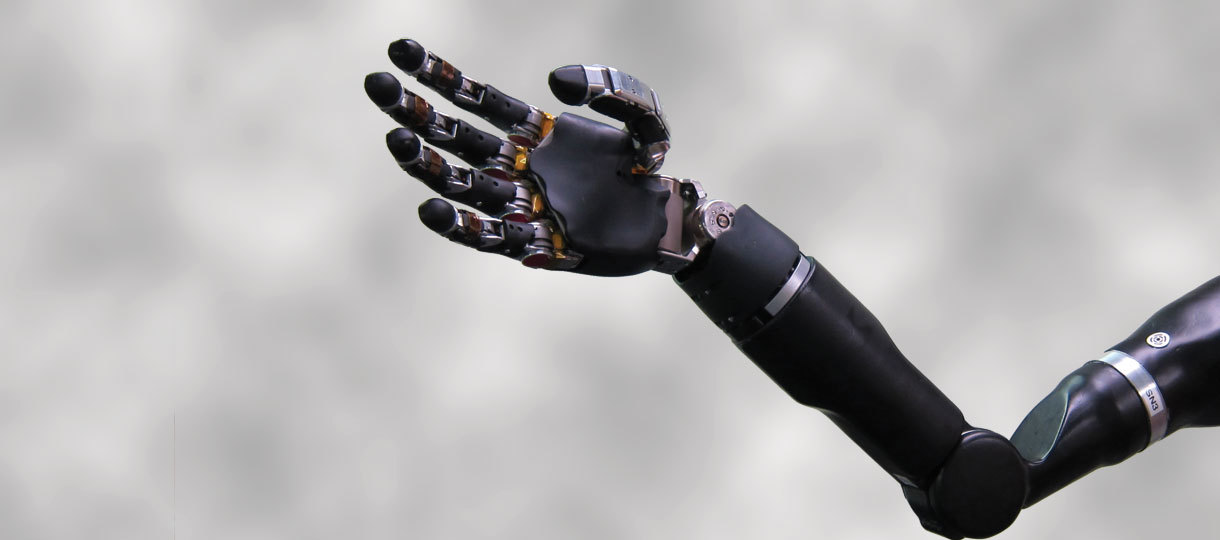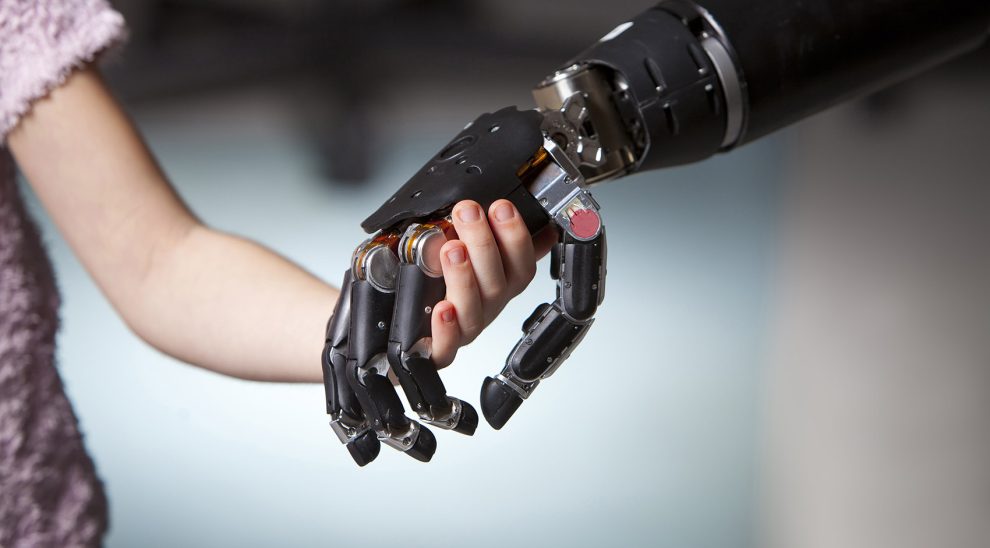For the estimated 2 million people living with limb loss in the US alone, as well as millions more living with paralysis or mobility impairments, prosthetics and exoskeletons represent life-changing assistive devices. They offer the possibility of greater independence, mobility, and quality of life.
However, the road to finding an optimally fitted prosthetic or exoskeleton has historically been filled with challenges. Traditional methods of design and fitting often rely on static measurements and one-size-fits-all configurations. This frequently results in discomfort, functionality issues, and underutilization of prescribed devices.
Excitingly, cutting-edge technologies like computer vision and biomechanics simulation are stepping in to provide a more personalized, precise, and dynamic approach to prosthetic and exoskeleton optimization.
Computer Vision – Seeing Human Movement in Fine Detail
Computer vision refers to technology that can digitally process and analyze visual information, such as images and videos. In the context of prosthetics and exoskeletons, computer vision enables the intricate capturing and translation of human movement into data that can drive design and customization.
Motion Capture Systems
Motion capture (mocap) systems involve wearing specialized suits or markers that track movements in fine detail. Tiny wearable sensors map joint angles, muscle activity, gait patterns and more. This creates a comprehensive digital profile of an individual’s unique biomechanics.
In addition to their common use in entertainment, mocap systems allow prosthetists and researchers to “see” human movement in granular detail. This empowers the design of assistive devices that seamlessly align with an individual’s anatomy and movement signatures.
Markerless Motion Tracking
An exciting evolution in motion tracking technology, markerless systems use advanced computer vision algorithms and camera arrays to track human movement – no suits or markers required. This convenient tech removes barriers to capturing natural movement data.
Markerless tracking will uncover nuances of human biomechanics to further enhance assistive device personalization while streamlining the tracking process.
3D Body Scanning
3D scanning rapidly captures precise digital representations of the human body. In prosthetics and exoskeletons, scanning limb shapes and residual limbs prior to device fitting provides invaluable anatomical insights.
Scans reveal anatomical variation, limb volume and shape changes over time, and asymmetry between contralateral limbs. Designs can be digitally tested for optimal fit and function prior to prototype development.

Biomechanics Simulation – Optimizing Digital Device Designs
Once detailed movement data is captured via computer vision systems, biomechanics simulation helps translate insights into optimized assistive device designs.
Musculoskeletal Modeling
Sophisticated biomechanical modeling software can digitally replicate the intricacies of the human musculoskeletal system down to the muscle fiber level.
Researchers can then leverage these models to simulate how prospective prosthetic and exoskeleton components may interact with an individual’s anatomy during movement. This allows early stage optimization and problem solving prior to physical prototype development.
Gait Analysis
The integration of a simulated prosthetic or exoskeleton device into a digital gait model empowers analysis of resulting effects on walking speed, joint loads, balance, metabolic economy and more. Researchers can then tweak digital designs to help users better achieve specific mobility goals.
Real-time Feedback and Control
Emerging powered prostheses and exoskeletons incorporate sensors and AI that enable self-optimization during use. Combining biomechanics algorithms and machine learning, these smart systems can make subtle power assist changes in real-time to boost performance and reduce risk of injury.
The Coming Wave of Personalization
Computer vision and biomechanics simulation have only begun to penetrate the world of prosthetics and exoskeletons. As these transformative technologies mature, we can expect a revolution in the personalization and performance of assistive mobility devices.
Tomorrow’s powered prostheses and exoskeletons will move beyond one-size-fits all to become tailor-made extensions of the human body, optimized to harmonize with users’ individual anatomies, movements and lifestyles. This new generation of bionic technology will empower people to reach fuller potential and live richer, more active lives.
















Add Comment